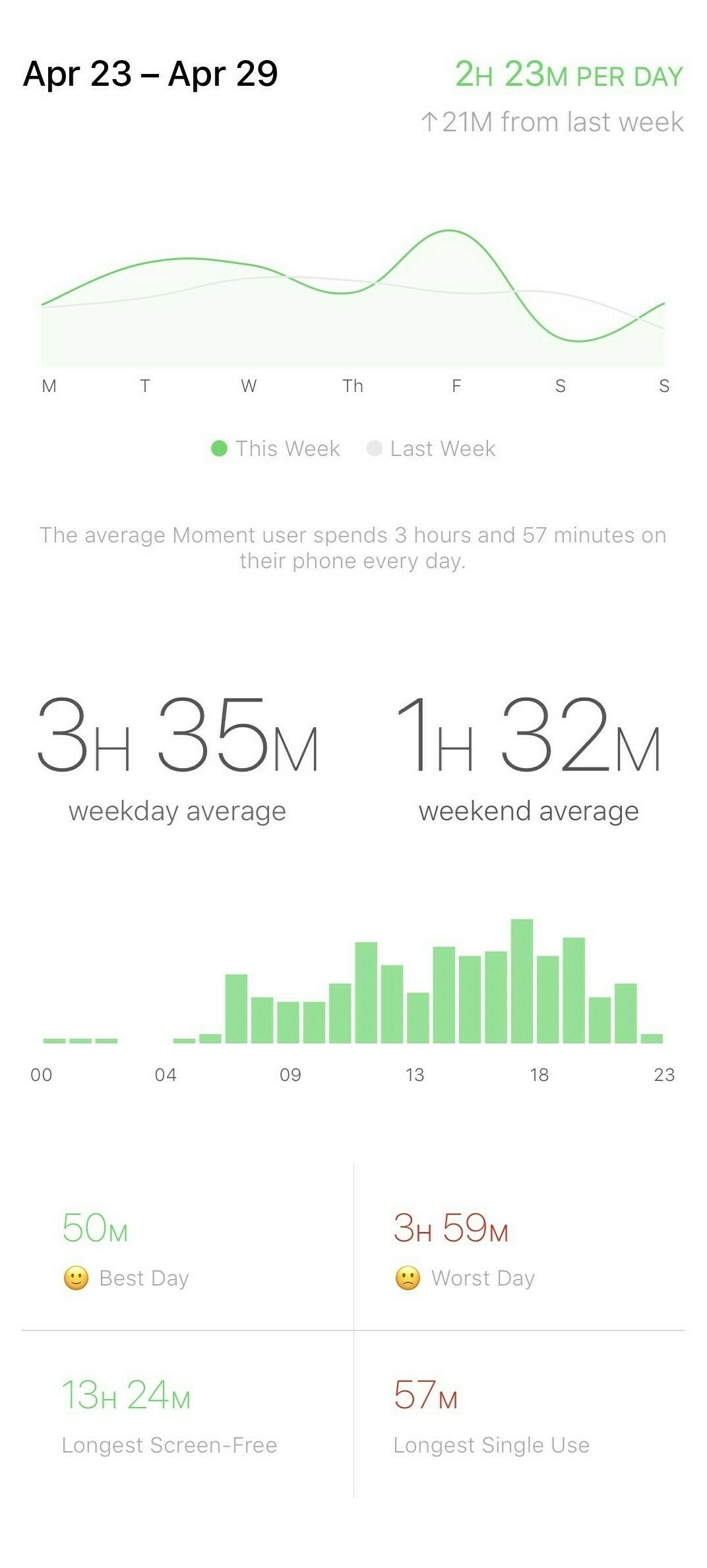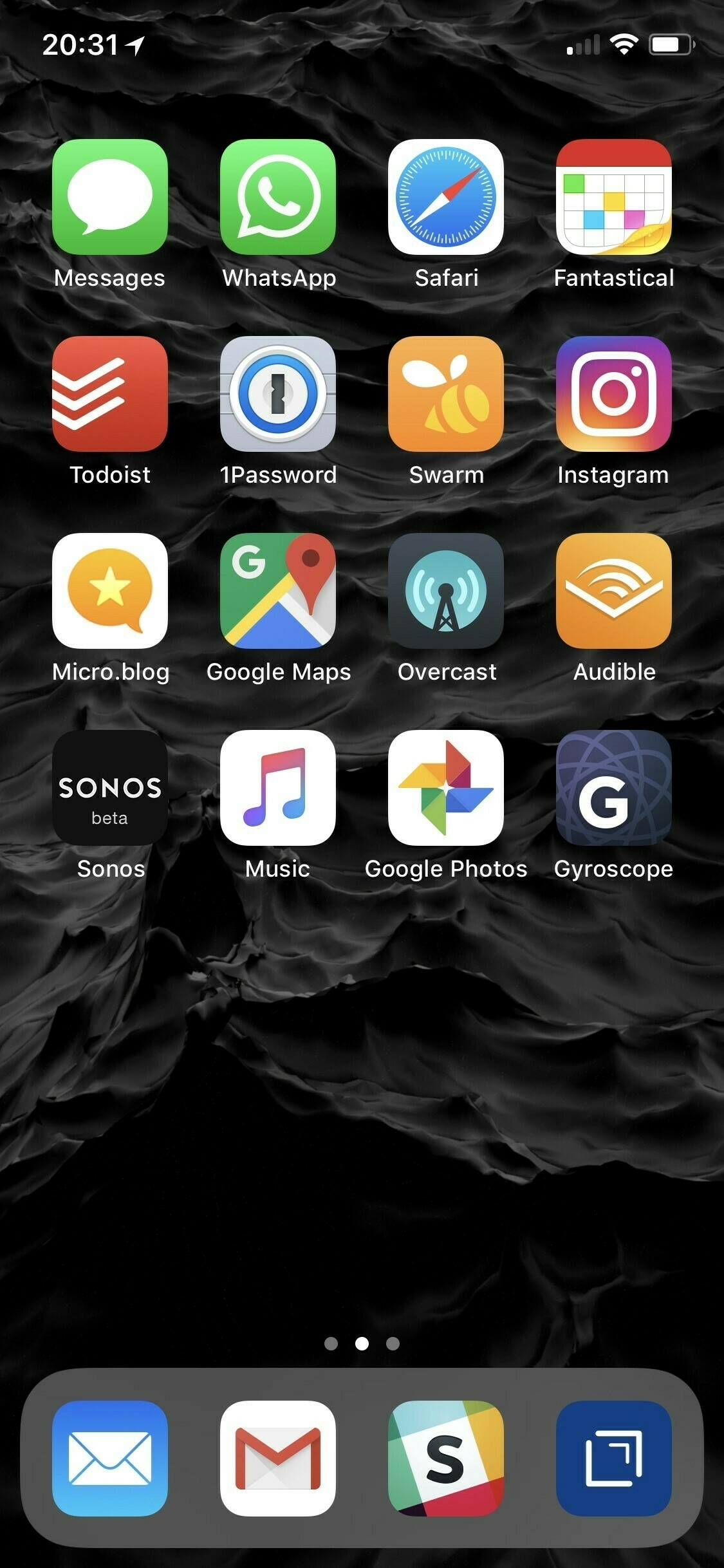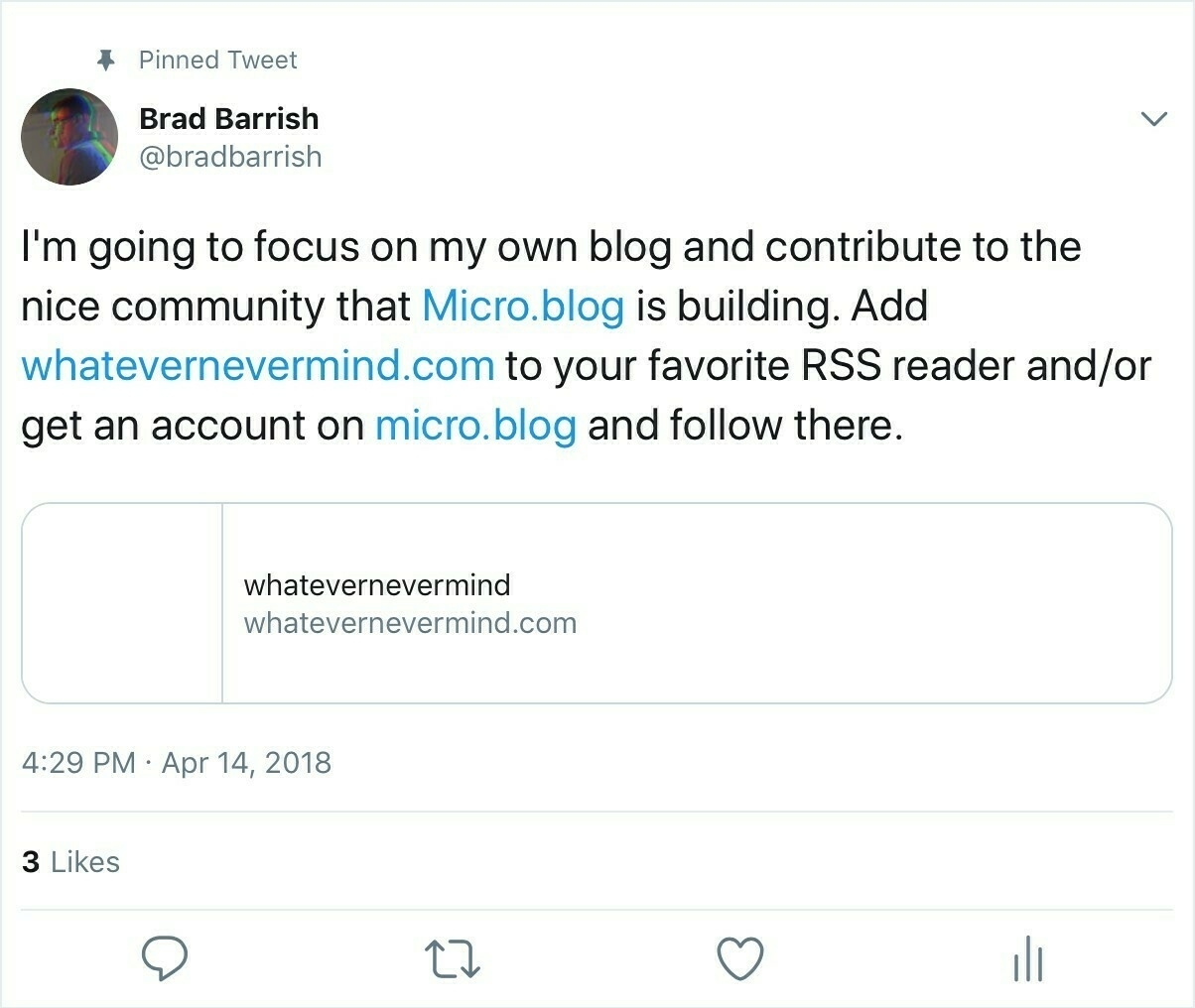A More Conscious Approach To Using Technology
There are two topics that have been consuming my thoughts for several months. They were largely separate in my head, but once I started writing about them I realized they were very much related to this idea of consciously using technology vs. technology using you. Something about taking control and being intentional about how you use technology in your life and the benefits that come along with it.
The first topic is one I simply refer to as technology addiction, specifically our mobile devices. Articles have been written in many mainstream publications and many more blogs have been posted about it. Explanations, proposed solutions and think pieces relating it to the destruction of society are easy to find. Simply put, it’s the idea that we’re too addicted to our mobile devices, due in no small part to app makers competing for our attention — all of it. Due to the fact that this is all a very recent phenomenon, the effects on society are largely unknown, but indicators are not painting a pretty picture, especially for teens.
My own interest in it was really born out of curiosity more than anything. I knew I spent a lot of time on my phone, but I wanted to quantify it so I could begin to figure out how to change it. I had a conversation with a well-known person in the world of technology that made me think a lot about the topic. One night at a small, group dinner in Stockholm he went on and on about how addicted we are to our phones and that the major phone manufacturers, namely Apple, needed to get it together and offer some OS-level controls that would allow us to be less distracted. He said something to the effect of ‘think about if HealthKit tracked your usage the way it tracks the rest of your health. Apple is a decision away from including that.’ Google just announced tools built in to the upcoming version of Android and I expect Apple will do something similar.
Several months before that dinner in Stockholm I became acquainted with Tristan Harris and the work of the Center For Humane Technology. Tristan was everywhere — TED, the podcast circuit, many mainstream publications. Then there was the Nellie Bowles article in The NY Times about making your screen greyscale, which I did for quite a while and still do occasionally. A little over a year ago I started using an app called Moment, which quantifies my iPhone usage. There’s nothing better, at least not for iOS. Experience has taught me the best way to change something is to start measuring it. Here’s a recent snapshot of my iPhone usage.

It’s worth noting that I exclude some apps I don’t think should be counting toward my screen time — Waze, Google Maps, Mail, Messages and the Home & Lock Screen.
If you’re not curious about your mobile usage, you either don’t use it as much as most people or you’re in complete denial. My guess is your results will shock and shame you into paying much closer attention. You will think to yourself, ‘this just isn’t possible!’
Moment and reading a lot about technology addiction has lead me down a path of experimenting with a bunch of ways to cut down on the amount of time I spend on my iPhone. I had long since turned almost all notifications off on all devices. I highly recommend this as a first step to anyone interested in reducing distractions. Decide who or what should be able to interrupt you and turn everything else off. Changing my screen to greyscale had a small effect, but not much. Moving apps off my home screen and into a folder helped a little. Unsurprisingly, what helped the most was simply deleting apps from my phone. Short of that, reflecting on how happy an app makes me when I use it was also quite helpful. If an app made me unhappy or otherwise feel negative, I deleted it. Here’s what my current home screen looks like.

When I initially started assessing apps that made me feel negative and unhappy, Twitter was at the top of the list. It was also the app I used the most. I started using Twitter in 2006. I was among the first thousand people on the network. For the following decade I really loved it, but something started to happen a couple years ago, probably more. There was an explosion of harassment, hate, abuse, bigotry and, of course, there was the 2016 election. The election was the tipping point for me. To make matters worse, Twitter was unwilling to deal with the negativity effectively, though they took a nice step this week to hide disruptive tweets from conversations and search. I’m not going to hold my breath.
Instead of deleting my Twitter account, which I don’t imagine I will do, I made a bunch of lists and unfollowed nearly everyone. Twitter had so clearly become a hazard to my mental well-being, I just needed to stop using it the way I was using before I unfollowed everyone. I was retweeting, issuing my own hot takes on the same things everyone else was outraged about and I started hating myself for it. I put a few rules on my Twitter usage — I was mostly going to use it to share links, I would steer clear of most political discussions and I would try my best to keep my tweets positive or at least neutral. It didn’t take long before I was using Twitter much less than I once did. Then I started thinking, why should I keep publishing what I do only on Twitter? All signs point to Twitter becoming much more of a walled garden and while I plan to use Twitter again, it’s going to be different.
This brings me to the second topic — the return to the open web, or as some refer to it, the re-decentralization of the web. This isn’t a new idea, but a continuation of an effort that really got underway some years ago. The promise of the open web didn’t last long and many are waking up to the fact that we need to do something to save it.
Not long after I got serious about reducing the time I was spending on my iPhone and how I was using Twitter, I started noticing articles bubbling to the surface. Tom Critchlow’s “Small b blogging” and Dan Cohen’s “Back to the Blog” come to mind and are great reads on a renewed interest in, and support of, blogging on the open web. Wired even called for an RSS revival (I continue to use RSS as I have since the early aughts), the antithesis of the algorithmic bubbles of Facebook, Twitter and others. And then there was microblogging.
At the beginning of 2017, a guy called Manton Reece launched a very successful Kickstarter campaign called Indie Microblogging: Owning your shortform writing, which resulted in a platform called Micro.blog that really does feel like the beginning of something special.
Over a month ago I tweeted…

That day I dusted off whatevernevermind.com, updated a few things on my Wordpress admin console and started writing, mostly microblogs (formerly known as tweets) and syndicated them to my Micro.blog account. It was like starting over with a bunch of nice people talking about interesting things that, for the most part, didn’t include politics. They were also posting amazing photography and microcasts. The most recent version of the macOS Micro.blog app even has a great Instagram import tool, which has allowed me to import every photo I’ve ever posted on Instagram to my blog.
The idea of publishing on my own corner of the internet and syndicating out microblogs and selectively cross-posting to Twitter (if I even do that) is new for me. It feels right. If there’s engagement, great. If not, at least I’m writing and it has a home that isn’t dependent on anyone except me. That feels like the internet I’ve always loved.
Instead of getting sucked into my phone and filling every idle moment with my eyes on a screen, I’m making a serious effort to enjoy more idle moments. I’m being more intentional in how and when I use my phone. I’m far from perfect, but I’m enjoying being in my head more often and being more present in conversations, especially with my kids. Letting my mind wander has been a catalyst for reading and writing more, leaving less time for infinitely scrolling, though I still do more of that than I would like. My intention is to do it less and I’m measuring my progress every week.